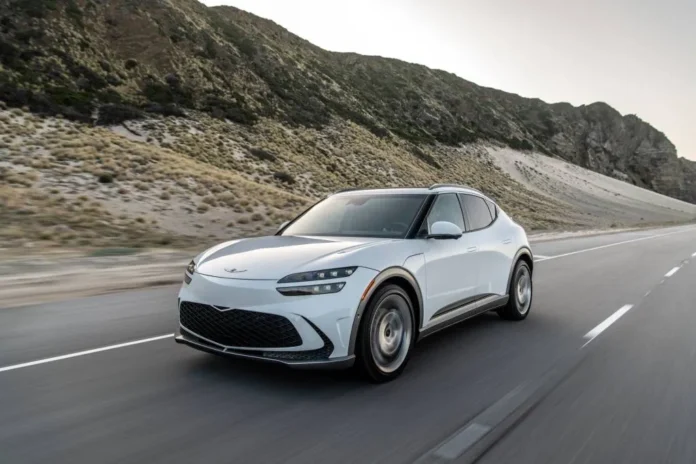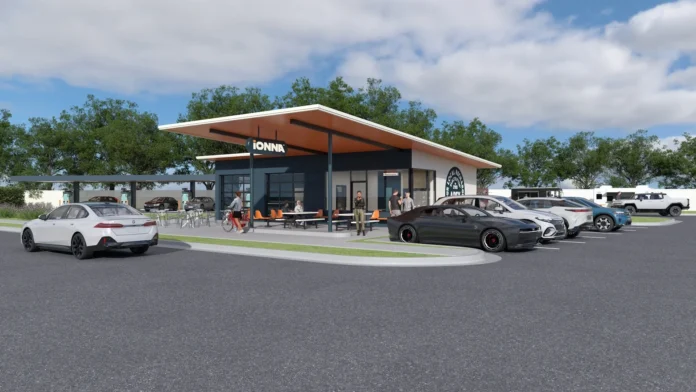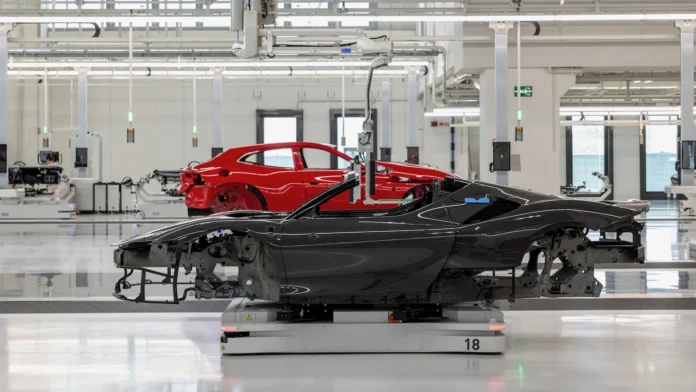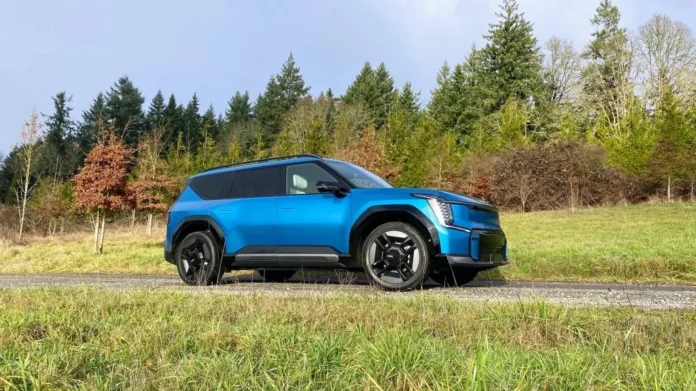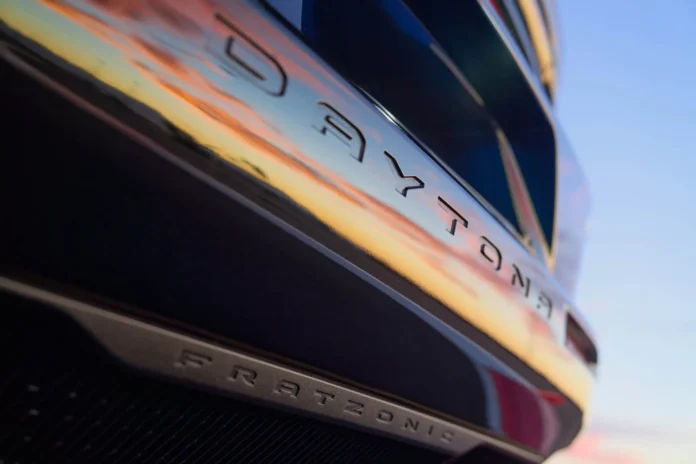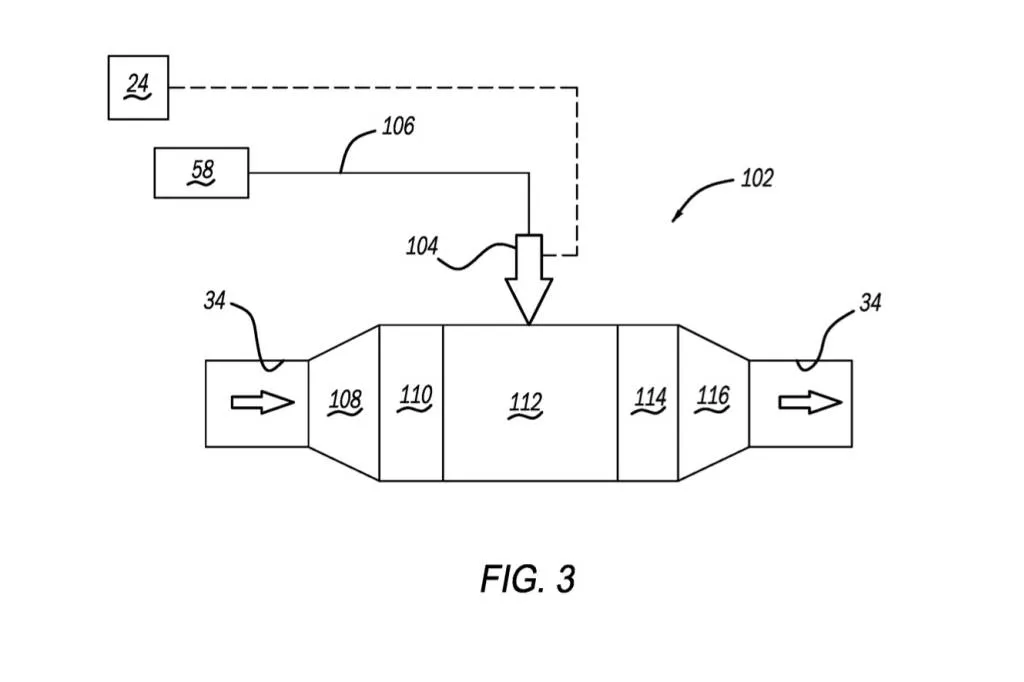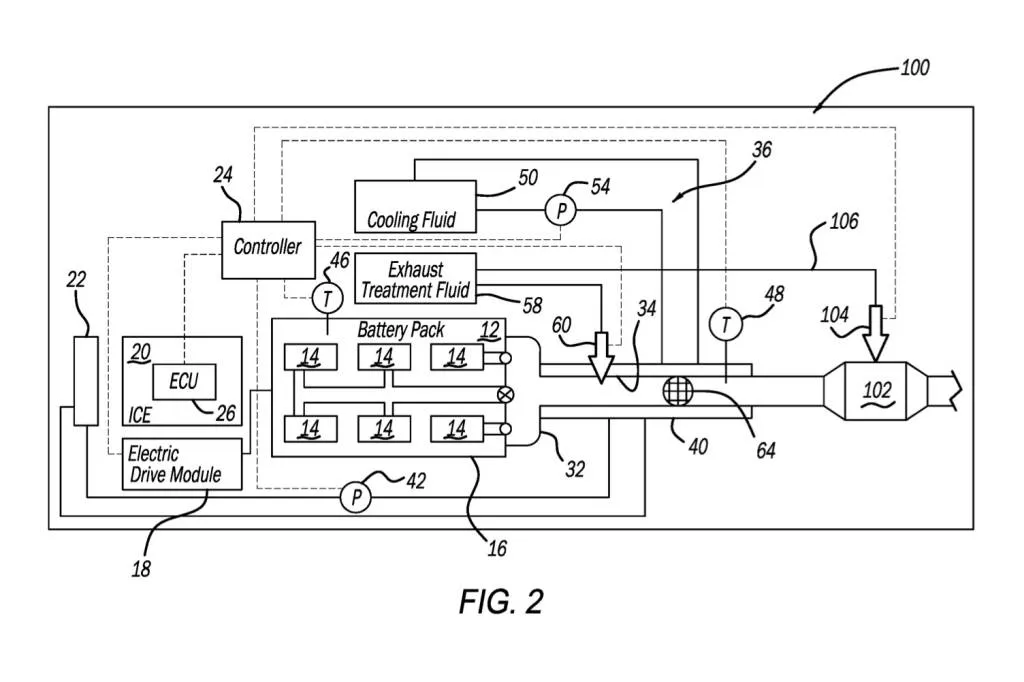That’s not to say that regional grid expansions aren’t happening. In some parts of the country, including much of the Midwest, utilities and state regulators have agreed to tens of billions of dollars of grid projects expected to yield cost, climate, and reliability improvements. FERC Order 1920, passed last year, orders grid operators and utilities across the country to undertake similarly ambitious efforts.
But elsewhere, the chasm between regional and local projects has become extreme. In the territory of PJM, the grid operator that serves Washington, D.C., and 13 states from Illinois to Virginia, RMI calculated that the five-year averages for spending on “supplemental” projects — PJM’s term for local projects — ballooned from less than $1 billion per year in 2010 to more than $8 billion per year since 2020. Meanwhile, the same averages for spending on “baseline” projects not subject to Order 1000’s exemptions declined.
Just because a transmission project falls into the regulatory gap doesn’t mean it shouldn’t be built, said Rob Gramlich, president of Grid Strategies. For one thing, much of the money spent on local projects over the past decade has gone to “replacing assets that are 50 or 60 or more years old,” he said.
But Tyson Slocum, director of the energy program at nonprofit watchdog group Public Citizen, said the inability to review or challenge these projects is a problem.
“Transmission owners, and [regional transmission organizations] to a certain extent, have lots of incentives to prioritize the projects that maximize returns for them but not necessarily for the consumers,” he said. It’s particularly troubling when utilities may be using that lack of transparency to squeeze their customers for more money than they really need.
Slocum suspects that’s what happened with a transmission project at the heart of a December settlement agreement between FERC and New Jersey utility Public Service Electric and Gas Co. (PSE&G). The utility agreed to pay a $6.6 million fine to settle allegations that it failed to provide “accurate and factual information” regarding a $546 million project to rebuild a transmission line with towers built nearly a century ago.
Among the disclosure failures cited in FERC’s enforcement action was PSE&G’s presentation to PJM stating that a consultant had found that 67 of those towers needed extensive foundation retrofits. In fact, the consultant had found only eight towers needed such work — presumably a much less costly scope of work than what PSE&G ended up doing.
PSE&G neither admitted nor denied the allegations, and the settlement with FERC does not require it to forgo revenues it will receive for the project under FERC’s formula rates. Public Citizen filed a protest with FERC this month challenging PJM’s plan to assign those costs to ratepayers, citing PSE&G’s December settlement agreement as evidence of “harrowing fraud” from the utility and a failure by PJM to “perform a modicum of independent oversight.” PSE&G told Utility Dive that it will “vigorously defend” against Public Citizen’s allegations of imprudence.
Slocum called the PSE&G case “an easy-to-understand example of how bad things can get when you don’t have independence in assessing these transmission projects, when you don’t have someone in the room asking hard questions.”
PJM spokesperson Jeff Shields told Canary Media that PJM has “enhanced the transparency of its supplemental projects processes” in recent years. But he added that “authority and expertise for certain asset management decisions remain with transmission owners under settled FERC precedent.”
Nor can New Jersey utility regulators challenge the utility’s rate recovery on their own. Harvard’s Peskoe highlighted this as a problem that FERC will need to step in to solve since the agency regulates these rates. “If you find that utilities went way over budget on a project, there’s nothing the state can do but go to FERC and complain about it,” he said
State regulators sometimes take actions that undermine what little oversight they do have over utility investments. Utility Florida Power & Light has faced criticism over a 176-mile transmission line that it designed at an unusually low voltage, allowing the endeavor to skirt the rigorous review required for higher-voltage regional projects. Critics say that earlier decisions by the Florida Public Service Commission paved the way for that project to escape more scrutiny.
Other states have taken more aggressive steps to demand better transparency. RMI’s report highlights Kansas, which passed a law in 2023 giving regulators authority to demand that utilities provide detailed information, hold public workshops, and accept a state-set rate of return if they want to pursue a streamlined process to earn revenues on money spent on local transmission projects.
But watchdogging individual local transmission projects doesn’t fix the underlying problem described in RMI’s report: Regional planning has been relegated to second-run status behind local projects.
Can ‘regional-first’ planning right-size grid spending?
Instead of executing local projects on a separate track from regional projects, utilities and regional planning organizations should be required to “first look at how regional projects could holistically meet local and regional needs, and then build any local projects necessary to meet remaining local needs,” Wayner said during the December webinar.
FERC Order 1920 does require utilities, planning entities, and grid operators to undertake some major long-term grid planning reforms. But Wayner and Peskoe agreed that its adjustments don’t close the local-project regulatory gap.
Most notably, when grid operators hold meetings to share local transmission project data with state regulators and other stakeholders, utilities and the grid operator don’t have to respond to any questions or data requests from stakeholders.
FERC’s order modeled this approach on PJM’s method for managing those meetings, which have been a longtime frustration for Greg Poulos, the executive director of the nonprofit Consumer Advocates of the PJM States. “We are given a sticker price of projects,” he said during the December webinar. “We can’t get any other information. We can ask questions. They do not have to be answered.”
That lack of transparency is a big problem, said Kent Chandler, a former chairman for the Kentucky Public Service Commission and resident senior fellow at free market-oriented think tank R Street Institute. Utilities are monopolies that get to charge captive customers for reliable and affordable power, he said during the December webinar. “It shouldn’t be on us to have to prove the negative on why we’re not getting the best value for our money.”
These concerns have spurred a new effort to get FERC to intervene. In December, R Street Institute, consumer advocates including Public Citizen, and groups representing industrial energy consumers filed a complaint asking FERC to require that lower-voltage lines typically built under the “local” designation be brought into the same regional planning structures that govern higher-voltage lines.
It also calls for “independent transmission system planners,” a new kind of regional planner watchdog that would counterbalance “the self-interest and undue influence of existing transmission providers.”
Maryland’s Office of People’s Counsel, which advocates for residential utility consumers in the state, joined that complaint. David Lapp, who leads the office, said the goal is to “stop being nickel and dimed in massive amounts” for local transmission projects.
Under today’s regulatory gap, “we have situations where two adjacent utilities might be spending hundreds of millions each,” he said. “You might be able to have a project that cuts those costs in half if they were part of a regional plan.”
Lapp noted that in PJM’s territory, “investments made at a higher cost are lost opportunities for better spending on what’s really going to help customers going forward as well as advance climate policy.”
PJM is facing a massive backlog in processing hundreds of gigawatts of clean energy projects seeking to interconnect to its grid, a lag that some analysts say has been exacerbated by its refusal to engage in large-scale regional grid planning and expansions. “We may be looking at that lost-opportunity cost with the stalled interconnection queue and the inability to get more clean energy on the grid,” Lapp said.




